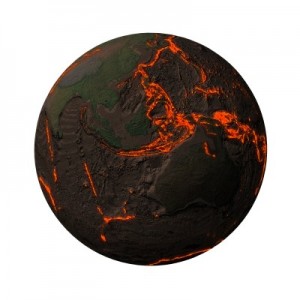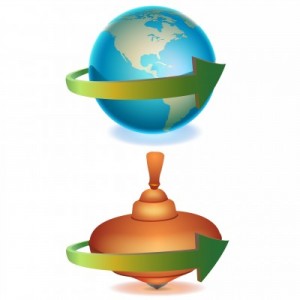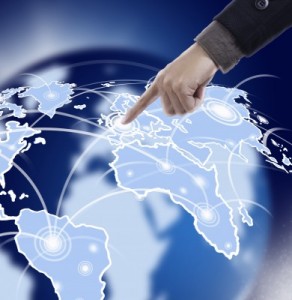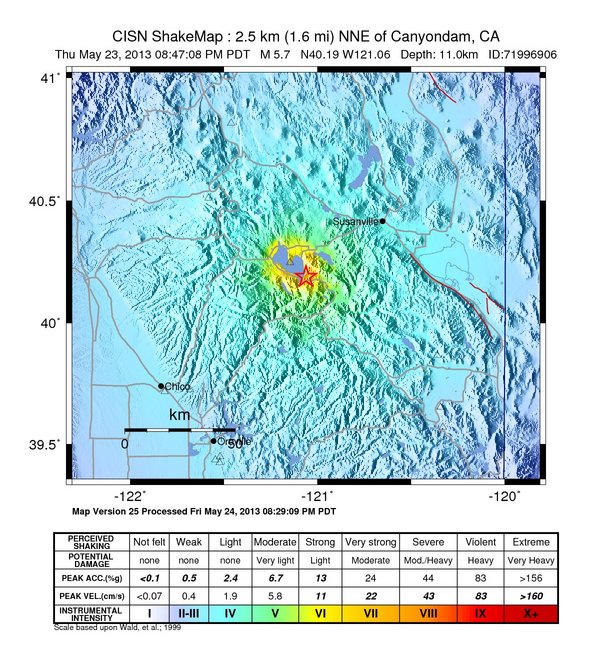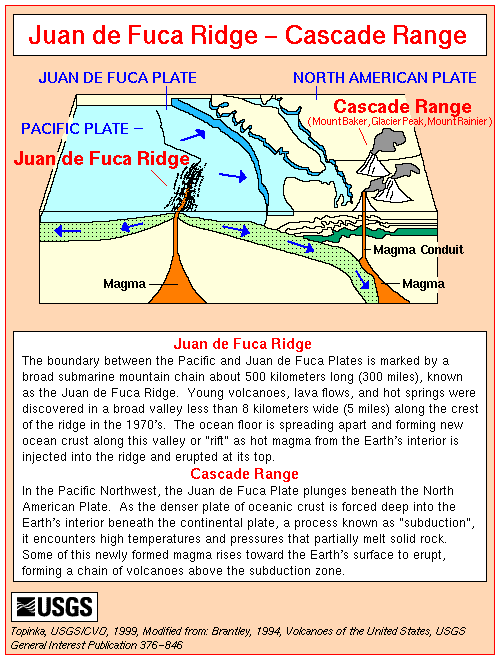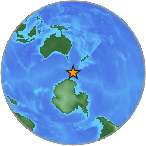
The Balleny Islands off Antarctica – USGS
There’s been some major movement at both the North and South Poles over the past two days, and the equatorial regions are now responding.
The Poles
On October 28, 2013, a 5.3 magnitude quake shook the northern Mid-Atlantic Ridge between Greenland and Iceland. Approximately six hours later, the Antarctic Plate responded with a 4.5 magnitude quake south of Africa off the Prince Edward Islands.
Two hours later on October 29, 2013, a 6.0 magnitude quake shook the Antarctic Plate between Antarctica and South America at the Balleny Islands.
Less than an hour later, Leavenworth, Washington had a 3.3 quake, a small 2.5 earthquake rattled south of San Francisco, and Nikolski, Alaska had a 4.3 and a 5.0 magnitude quake an hour apart.
South America
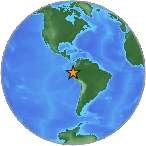
Recent quakes off the South American coast – USGS
After the 5.3 quake shook west of Iceland, the following quakes have occurred off the west coast of Central and South America:
- 2.8 Alberto Oviedo Mota, Mexico
- 4.3 Coquimbo, Chile
- 4.6 Ovalle, Chile
- 4.5 Chirilagua, El Salvador
- 5.0 Chivay, Peru
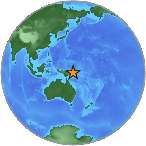
Quakes at Papua New Guinea – USGS
Japan and Indonesia
The following quakes have occurred in the western Pacific around Japan and Indonesia:
- 4.6 Papua, New Guinea
- 5.3 Papua, New Guinea
- 5.0 Japan
- 4.7 Kuripan, Indonesia
- 5.0 Fiji
- 4.3 Kendari, Indonesia
- 5.1 Fiji
- 5.2 Sarangani, Philippines
US and Alaska
- 3.0 King Salmon, Alaska
- 3.0 Fort Yukon, Alaska
- 3.3 Leavenworth, Washington
- 2.5 East Foothills, California
- 2.5 Lompoc, California
- 4.3 Nikolski, Alaska
Caribbean
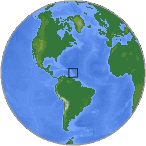
Caribbean earthquakes – USGS
- 3.0 Puerto Rico
- 2.8 Puerto Rico
- 3.1 British Virgin Islands
- 2.6 Puerto Rico
There’s a lot of movement all over the world right now. Watch for more activity off the US, Central American, and South American coasts.
